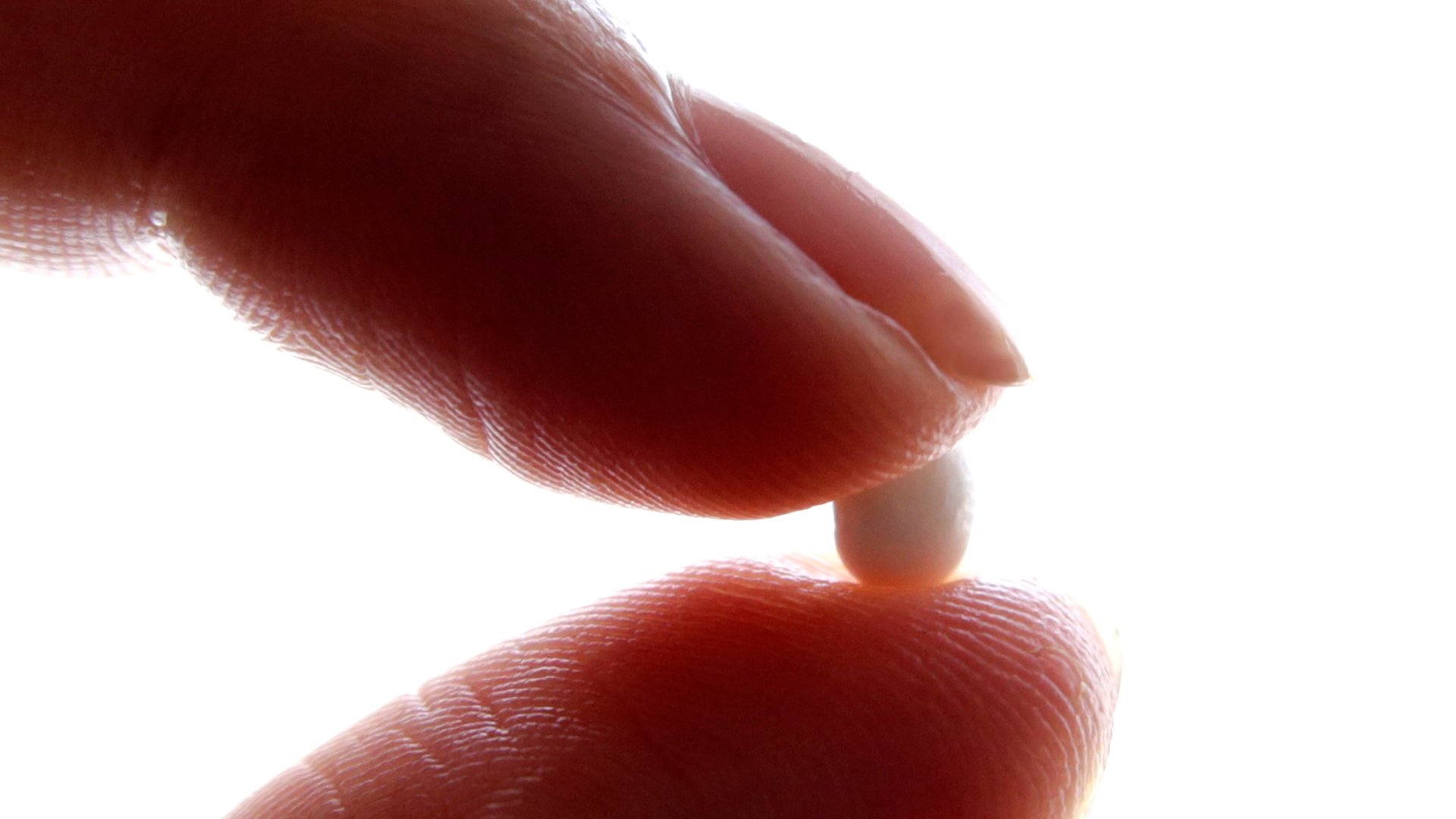Birth control pills are now safer for two key groups of women
The birth control pill is often touted as the backbone of the sexual revolution and women’s liberation. It’s the most popular method (pdf) of birth control for American women and a widely employed contraceptive (pdf) worldwide.


The birth control pill is often touted as the backbone of the sexual revolution and women’s liberation. It’s the most popular method (pdf) of birth control for American women and a widely employed contraceptive (pdf) worldwide.
Yet while the pill has given women more control over their bodies, it has not been the perfect solution. Some studies have suggested that it can put women at higher risk for developing blood clots, breast cancer and stroke.
Now there’s good news for some women who use the pill as their birth control method of choice. Two recent studies give women reason to put certain fears about blood clots and fetal harm to rest.
The pill’s association with blood clots makes it especially dangerous for women who are smokers over age 35 and women who already have recurring blood clots. That warning is sometimes extended to women who are already on blood thinners to treat their conditions. The World Health Organization has said that combination birth control pills, which contain the hormones estrogen and progestin, are an “unacceptable health risk” for women with recurring clotting—even if they are taking blood thinners.
The WHO does accept the mini-pill, which contains only progestin, for women on blood thinners. But that type of contraception is associated with a higher rate of failure and irregular bleeding.
Now a recent study suggests that women on blood thinners can take the pill safely. The study, published in December in the American Society of Hematology journal Blood, used drug trial data for nearly 1,900 women who had been prescribed blood thinners to compare the rate of recurrent blood clots and abnormal uterine bleeding. It found that taking hormones, whether for hormone therapy or as birth control, did not lead to increased clotting for women on blood thinners. Neither did taking estrogen specifically.
The study notes that the WHO guidelines, which the study authors say were reached “despite the absence of data” on the effects of the pill for women on blood thinners, clash with those of the International Society on Thrombosis and Haemostasis. (It’s important to note here that medical experts often err on the side of caution when there’s not enough understanding about the risks associated with a given treatment.) The latter group said in clinical guidelines issued in 2012 that although there were no clinical trials assessing the safety of hormonal therapy for women taking blood thinners as treatment for clotting, “continuation is probably safe.” That’s because blood thinners are likely to suppress the possibility that the hormones would contribute to more blood clots.
Another common concern is that the pill can cause harm to fetuses if women accidentally get pregnant while taking it. An estimated 9% of women who take the pill become pregnant in the first year of use, largely because of missed doses or interactions with other drugs, according to the US Department of Health and Human Services.
Previous studies have linked taking the pill while pregnant to an increased risk that babies will be born with health problems including limb defects, hypoplastic left heart syndrome, and urinary tract anomalies. Other studies have found no association with those defects. A 2010 study in Epidemiology, for instance, concluded that “our findings are consistent with the majority of previous studies that found women who use OCs [oral contraceptives] during early pregnancy have no increased risk for most types of major congenital malformations.”
Now research has more good news. According to a large January study published in The BMJ (formerly the British Medical Journal), babies exposed to the pill just before or during pregnancy are unlikely to be born with major birth defects.
Researchers examined national records from Denmark to track any birth defects identified in the first year of life for more than 880,000 infants born between 1997 and 2011, excluding chromosomal disorders like Down syndrome or birth defects with known causes like fetal alcohol syndrome. They also analyzed data from a national prescription registry to figure out the date of the most recently filled prescription for oral contraceptives. The study did not explicitly ask mothers whether they had taken the pill. But this method served as a way of measuring the stage at which the fetus might have been exposed to the hormones in the pill.
The researchers found that the prevalence of major birth defects—a diagnosis received by 2.5% of infants within the first year of life—was consistent across all the contraceptive use categories they examined. In other words, the risk was the same for women who had taken the pill during pregnancy or shortly before conception, women who stopped taking the pill at least three months before getting pregnant, and women who had never taken the pill at all.
“For women who do become pregnant either soon after stopping oral contraceptive use or even if they’re still taking the pill, they should know that exposure is unlikely to cause their fetus to develop a birth defect,” lead author Brittany Charlton, of the Harvard T.H. Chan School of Public Health in Boston, told Reuters.
Taken together, these findings could help assuage key fears about the consequences of oral contraceptives. The studies don’t solve all the problems associated with oral contraceptives: the pill is still not the ideal solution for every woman, especially those who have risk factors like smoking or whose bodies are particularly sensitive to the extra hormones. But it’s nice to know that the pill, much like the many women who rely on it, is sturdier than we’ve given it credit for.